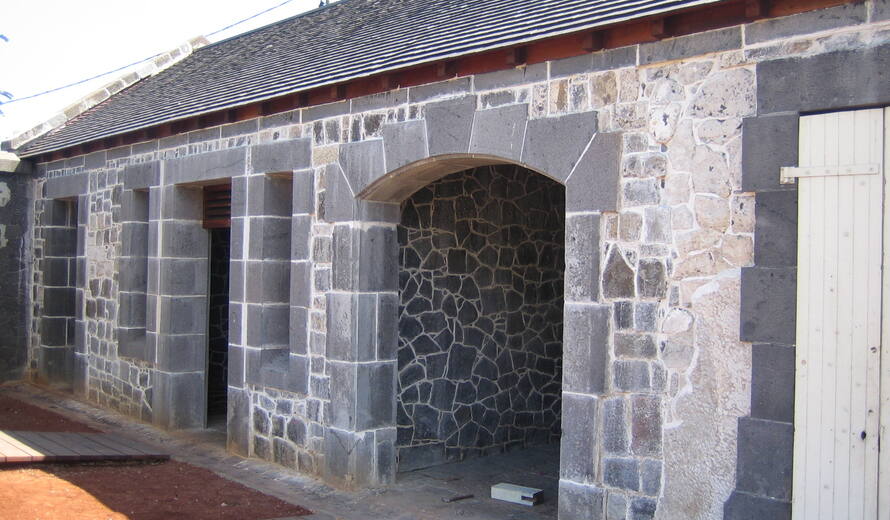Republic of Mauritius launches a Local Economic Development Plan for Aapravasi Ghat World Heritage property
The Republic of Mauritius received International Assistance from the World Heritage Fund to elaborate a Local Economic Development Plan for Aapravasi Ghat World Heritage property.
The grant followed a request from the UNESCO World Heritage Committee for the State Party of Mauritius to take necessary action to prevent the demolition of historical buildings in the Buffer Zone of the Aapravasi Ghat World Heritage Property, as well as to put in place mechanisms that ensure integrated management of the area.
The project, managed by the Aapravasi Ghat Trust Fund, was initiated in May 2014 and ended in September 2016. The elaboration of the Local Economic Development Plan was guided by the UNESCO 2011 Recommendation for the Historic Urban Landscape along with the United Nations Sustainable Development Goal 11 to ‘Make cities inclusive, safe, resilient and sustainable’. It aims to reinforce the National Proclamation of the Planning Policy Guidance for the Buffer Zones of the Aapravasi Ghat World Heritage Property and the Management Plan for Aapravasi Ghat (2013-2018).
The Plan aims at directing development towards the preservation, enhancement and adaptive reuse of heritage and thus diminishing the threat of its demolition. Moreover, it identifies economic opportunities in the buffer zone of the World Heritage property by creating an enabling environment for local communities to benefit from.
Aapravasi Ghat was inscribed on the UNESCO World Heritage List in 2006 for Criterion (vi) as the first site chosen by the British Government in 1834 for the ‘great experiment’ in the use of indentured, rather than slave labour.
The World Heritage site is strongly associated with memories of almost half a million indentured labourers moving mainly from India to Mauritius to work on sugar cane plantations or to be transshipped to other parts of the world. The buildings of Aapravasi Ghat are among the earliest explicit manifestations of what would become a global economic system. The Aapravasi Ghat site stands as a major historic testimony of indenture in the 19th century and is the sole surviving example of this unique modern diaspora. It represents not only the development of the modern system of contractual labour, but also the memories, traditions and values that these men, women and children carried with them when they left their countries of origin to work in foreign lands and subsequently bequeathed to their millions of descendants for whom the site holds great symbolic meaning.
